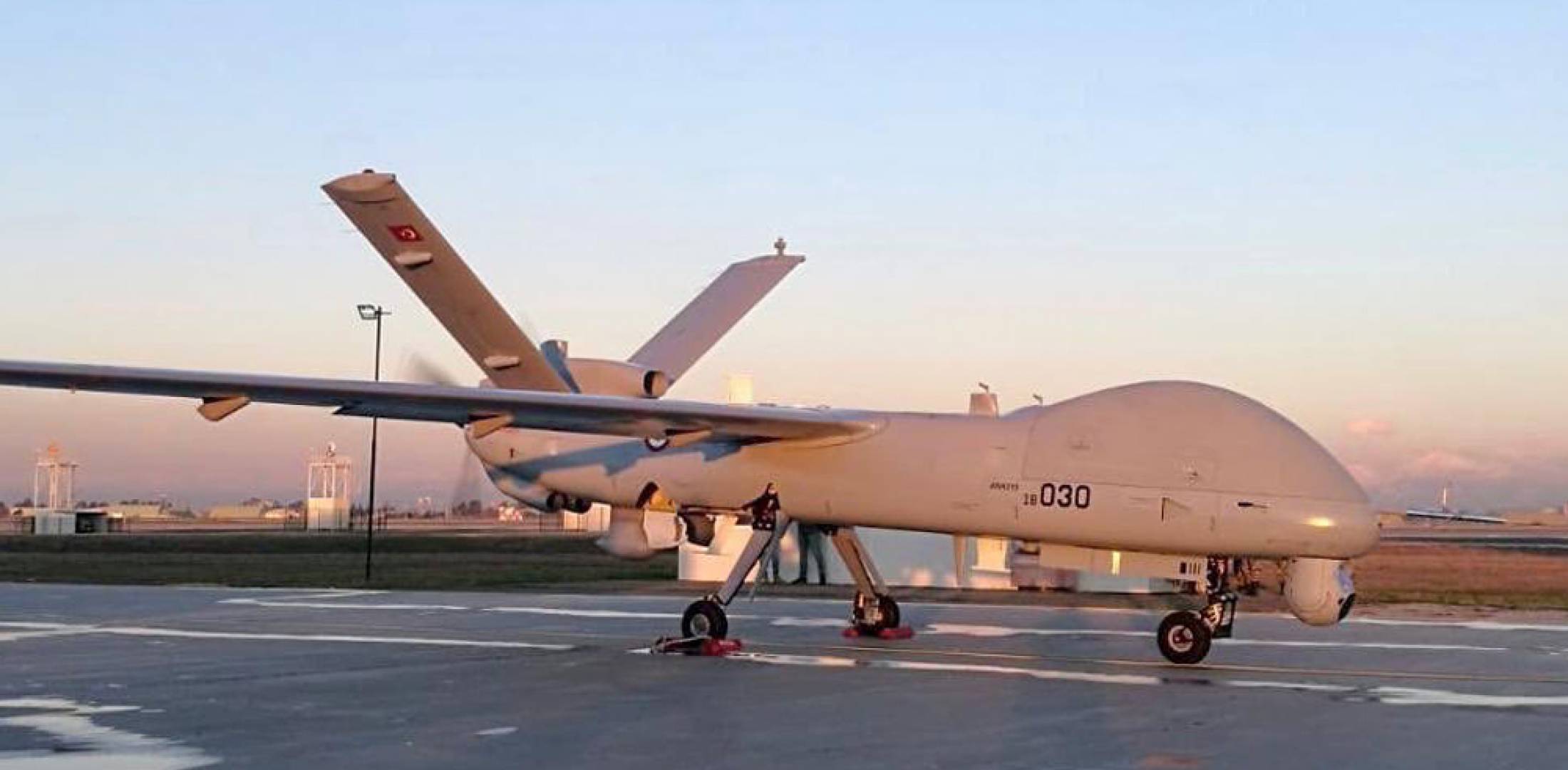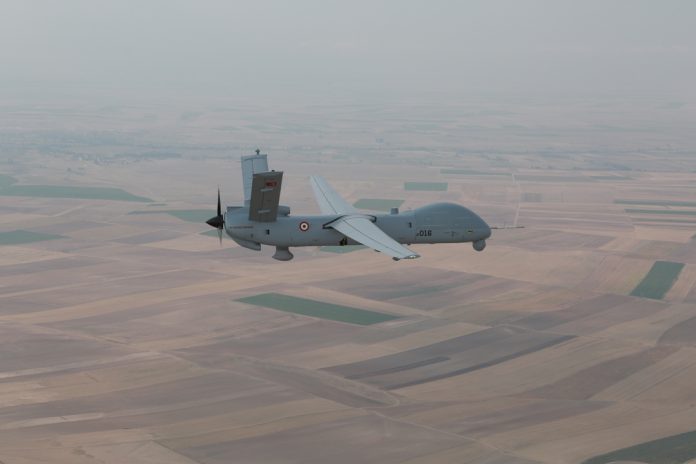Malaysia’s Senior Defence Minister Hishammuddin Hussein revealed in a social media post on 9 October that the government has opted for two of Leonardo’s ATR 72MP maritime patrol aircraft (MPA) and three medium-altitude long endurance unmanned aircraft systems (MALE UAS) from Turkish Aerospace Industries (TAI) to meet Royal Malaysian Air Force (RMAF) requirements.
“The government has agreed with Leonardo’s offer and has decided to issue a contract to [TAI] for the acquisition of three [MALE UAS],” said the minister, noting the Ministry of Defence (MINDEF) is in the midst of issuing notices of acceptance once final negotiations have been completed.

Leonardo’s twin-turboprop ATR 72MPA platform is believed to have been selected over the Airbus CN235-220 and the maritime patrol variant of the CN295 from PT Dirgantara Indonesia.
Meanwhile, it is understood that Malaysia has selected TAI’s Anka for the service’s MALE UAS requirement, which MINDEF earlier issued a request for information in 2018 with the aim of initial fielding of the systems by 2025 and fully operationalizing them by 2026.
TAI reportedly partnered with Malaysian firm Deftech to push the platform and has also set up a local engineering facility which it intends to grow into an avionics hub. The facility is located in Cyberjaya, some 30 km south of its capital city Kuala Lumpur.
The company has also offered Malaysia the opportunity to participate in joint production of several types of aircraft such as the Hürjet advanced jet trainer/light attack aircraft and Turkish Fighter Experimental (TF-X)/National Combat Aircraft (MMU).
Malaysia could potentially be involved with component manufacture for the TAI’s T625 Gökbey utility helicopter, which is expected to be delivered to the Turkish Armed Forces in 2023 and also offered for export.
TAI’s Hürjet is also a candidate for the RMAF’s Light Combat Aircraft/Fighter Lead-In-Trainer (LCA/FLIT) programme. A tender to support the procurement of an initial 18 aircraft was issued by MINDEF in June 2021. Its TF-X could also be positioned for the eventual effort to replace the service’s Boeing F/A-18D and Sukhoi Su-30MKM fighters in the 2030s.
by Jr Ng












